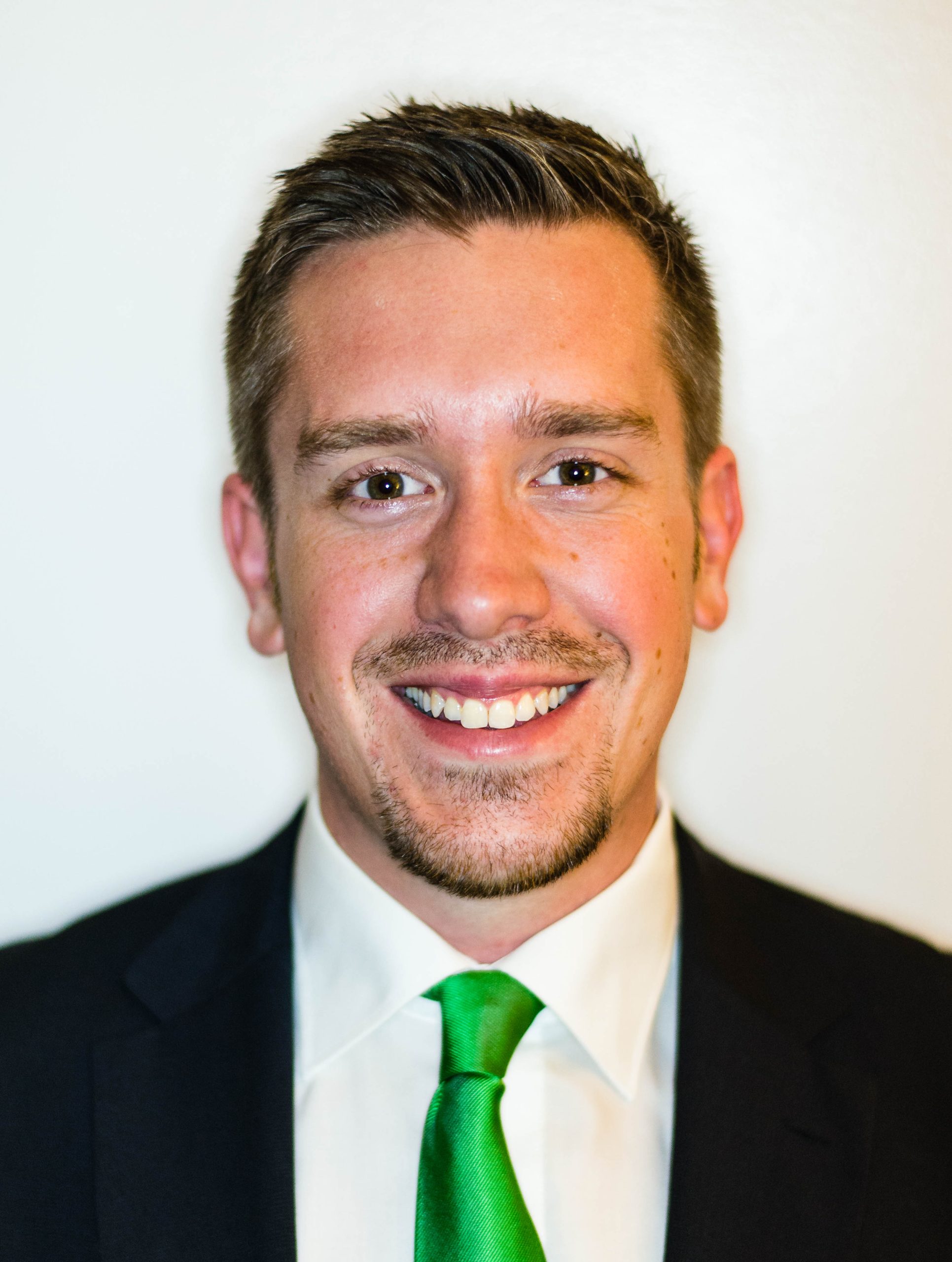About the Seminar:
The covalent attachment of polymers has emerged as a powerful strategy for the preparation of multi-functional surfaces. Patterned, surface-grafted polymer brushes provide spatial control over a variety of physical properties and allow for fabrication of ‘intelligent’ substrates which selectively adapt to their environment. This presentation describes recent advances in our group in using photolithography to produce topographically and chemically patterned polymer brush surfaces via surface-initiated (SI) photoinduced electron/energy transfer (PET) reversible addition–fragmentation chain transfer (RAFT) polymerization. Using this oxygen tolerant approach, organic light emitting diodes (OLEDs), anti-microbial surfaces, and anti-fogging coatings are engineered to highlight facile pathways towards advanced functional surfaces. Oxygen tolerance, mild reaction conditions, and the use of visible light make this approach user-friendly in its application for the design of patterned and functional organic thin films.
About the Speaker:
Christian received his Diploma in Polymer and Colloidal Chemistry from the University of Bayreuth (Germany), before working for Prof. Alexander Böker at the DWI – Leibniz Institute for Interactive Materials (RWTH Aachen University, Germany). In 2013, he graduated summa cum laude and was awarded the Borcher’s Medal for his Ph.D. thesis on block copolymers in electric fields. He was then hosted by Profs. Edward J. Kramer and Craig J. Hawker at the University of California, Santa Barbara (USA) as an Alexander-von-Humboldt Feodor-Lynen Postdoctoral Fellow. Christian is currently the Thomas K. Hepler Early Career Professor in Chemical Engineering at the Pennsylvania State University and holds courtesy appointments in the Chemistry Department and the Materials Science and Engineering Department.



